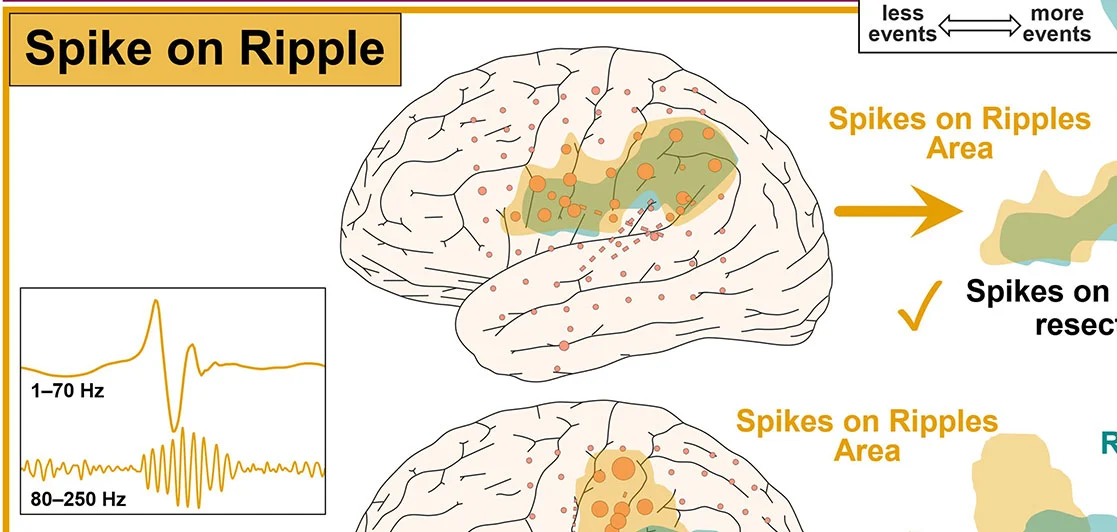Focal to Bilateral Tonic-Clonic Seizures Predict Pharmacoresistance in Focal Cortical Dysplasia-Related Epilepsy
June 27, 2023
Abstract found on Wiley Online Library
Objective: Focal cortical dysplasia (FCD) is the most common etiology of surgically-remediable epilepsy in children. 87% of FCD patients develop epilepsy (75% is pharmacoresistant (PRE)). Focal to bilateral tonic-clonic (FTBTC) seizures are associated with worse surgical outcomes. We hypothesized that children with FCD-related epilepsy with FTBTC seizures are more likely to develop PRE due to lesion interaction with restricted cortical neural networks.
Methods: Patients were selected retrospectively from radiology and surgical databases from Children’s National Hospital. Inclusion criteria: 3T MRI-confirmed FCD from 1/2011-1/2020; ages 0-days to 22-years at MRI; 18 months of documented follow-up. FCD dominant network (Yeo 7-network parcellation) was determined. Association of FTBTC seizures with epilepsy severity, surgical outcome, and dominant network was tested. Binomial regression was used to evaluate predictors (FTBTC seizures, age of seizure onset, pathology, hemisphere, lobe) of pharmacoresistance and Engel outcome. Regression was used to evaluate predictors (age of seizure onset, pathology, lobe, percentage default mode network (DMN) overlap) of FTBTC seizures.
Results: 117 patients had median age of seizure onset 3.00y (IQR 0.42 – 5.59y). 83 patients had PRE (71%); 34 had PSE (29%). Twenty (17%) patients had FTBTC seizures. 73 patients underwent epilepsy surgery. Multivariate regression showed FTBTC seizures are associated with increased risk of PRE (OR 6.41 95%CI 1.21 – 33.98, p=0.02). FCD hemisphere/lobe were not associated with PRE. Percentage DMN overlap predicts FTBTC seizures. 72% (n=52) overall and 53% (n=9) of those with FTBTC seizures achieved Engel I outcome.
Significance: In a heterogeneous population of surgical and non-operated patients with FCD-related epilepsy, the presence of FTBTC seizures is associated with a tremendous risk of PRE. This finding is a recognizable marker to help neurologists identify those children with FCD-related epilepsy at high risk of PRE, and can flag patients for earlier consideration of potentially curative surgery. FCD dominant network also contributes to FTBTC seizure clinical expression.







